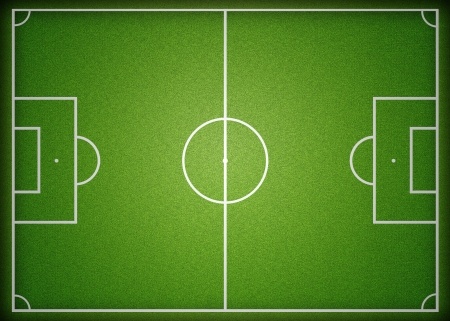Note that your final mark will not be saved in the system.
B3 Rules and regulations in sports GapFill
You must fill all the gaps before clicking ‘Check Answers!’

Pre-industrial sports were unruly affairs characterised by violence and a lack of order. The development of rules and regulations through national governing bodies brought order to sports and made them a more civilised and structured form of physical activity. This activity will take a look at some of the key aspects of rules and regulations in sport in general, and provide specific examples of certain sports for each aspect.
Number of players
Team sports consist of two sides going against each other. The number of players that are allowed to participate on each side varies by sport. For example, there are 11 players per team allowed on the pitch at any one team in football, whereas in it is five, in it is seven, in rugby league it is 13, and in it is 15. The number of substitutes, replacements or interchanges on the bench differs too. In some sports, there is a set number allowed to be made, such as five in football and in rugby union. In other sports, substitutions are allowed, such as in basketball, hockey and rugby league.
Some sports have different formats where playing numbers differ. One of these is rugby union, where the variant rugby sevens is played with seven players per team. Another example is tennis and badminton, where the variant of the games is played with two players on either side.
Length of time for play
This is determined by how a game ends. Some sports have a time limit, such as football which is minutes, rugby which is 80 minutes, hockey which is 70 minutes, and NBA basketball which is 48 minutes. This time is split into periods, with football, rugby and hockey each consisting of two halves, and basketball being made up of four quarters. Some sports, such as football, allow for additional time to be played at the end of each half to account for in the game. In some sports, if a game is tied at the end of regular play, an additional period may be played to determine a winner. This is the case in hockey where 5 minutes of overtime is played, and rugby where 10 minutes is played. The first team to score the goal or point in these periods is deemed the winner.
Some sports are determined by the score. For example, tennis is played to the best of five sets in the men's game, and the best of three in the women's game. Test cricket is played out of two per team, but if one team accumulated more runs in their one of these than the other could do in two, they are declared the winner. Badminton is another sport determined by score, where the first player to score points by two clear points wins. The same applies to table tennis with 11 points, and volleyball with 25 points to win a set.
Scoring system
The methods of scoring in sports vary widely. In football and hockey, goals are scored when the ball is hit on target and crosses the goal line, with the difference being in hockey the ball is hit with the stick and in football the ball can be hit with any part of the body other than the or arms. Some sports have numerous ways of scoring, with different points being awarded for each. For example, in cricket, one run is scored every time a batter swaps position with their partner following a bowler's delivery. Runs are also scored when the ball hits the boundary - 4 runs if it touches the field of play beforehand, and runs if it goes straight over. The winner is determined by the team that scores the most goals, points or runs, or if a game is played in sets (such as tennis and volleyball), then it is won by the first player who wins the best of a given number.
Playing area
The dimensions of the playing fields, as well as the relevant markings, are specified by the national governing bodies for each sport. For example:
- The FA states that football pitches must be 100-130 yards long and 50-100 yards wide, but most are around 112-115 yards long and 70-75 yards wide. The penalty box is also known as the yard box, as it extends this distance either side of the goal, and out in front to create a rectangle. The penalty spot must be 11 yards in front of the goal line.
- The field of play in rugby must be 100 m long between the two try lines, and 70 m wide. There is a 5 m and m line marked across the pitch at these distances away from each try line, with another line marked at the halfway point. Each in-goal area between the try line and dead ball line must be 6-22 metres long.